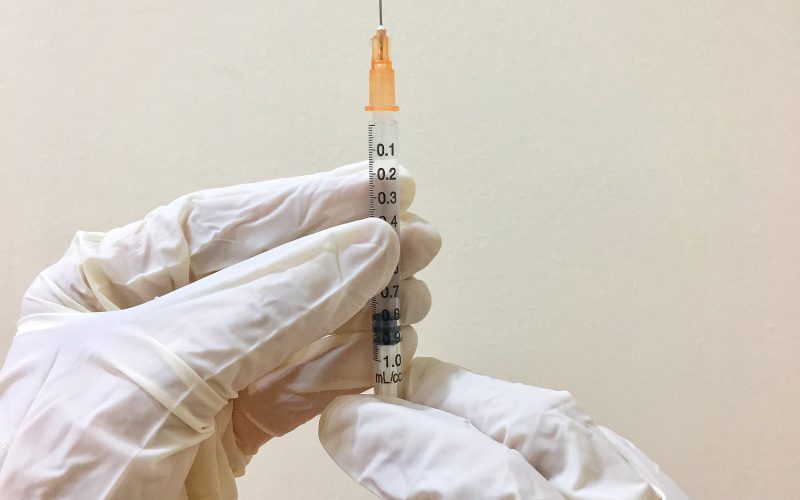Polio, short for poliomyelitis, is a highly infectious viral disease that attacks the nervous system and can cause paralysis. While the disease has been around for centuries, it was not until the 20th century that polio became a global pandemic, affecting millions of people, mostly children.
The first major outbreak of polio in the United States occurred in 1916, affecting over 27,000 people and killing over 6,000. At the time, there was no cure for the disease, and treatment was mostly limited to physical therapy and rehabilitation.
In the 1930s, researchers began to make progress in developing a vaccine for polio. One of the pioneers in this field was Jonas Salk, who in 1955 developed the first effective polio vaccine, which was later replaced by the oral vaccine developed by Albert Sabin in 1961.
Thanks to these vaccines, polio was eventually eradicated in most parts of the world. The last case of wild poliovirus in the Americas was reported in 1991, and the World Health Organization (WHO) declared the Americas free of polio in 1994. Today, only a few countries still have reported cases of polio.
But the impact of polio on the world cannot be overstated. The disease left millions of people paralyzed or disabled, and the fear of polio gripped communities worldwide. In the United States, in particular, the polio epidemic of the 1950s led to the closure of public pools, movie theaters, and other public spaces. People avoided crowds and public gatherings, and many parents kept their children at home out of fear of the disease.
The polio epidemic also had an impact on the political landscape. In the United States, President Franklin D. Roosevelt was paralyzed by polio and spent much of his presidency in a wheelchair. His experience with the disease helped him to develop a greater empathy for people with disabilities and led to the creation of the National Foundation for Infantile Paralysis, which later became the March of Dimes.
In many ways, the history of polio reflects the broader history of public health and medicine in the 20th century. The efforts to develop a vaccine for polio paved the way for the development of other vaccines, such as those for measles, mumps, and rubella. The eradication of polio also demonstrated the power of global cooperation and the importance of vaccination campaigns in fighting infectious diseases.
In conclusion, the history of polio is a reminder of the devastating impact that diseases can have on our world. But it is also a testament to the power of science and medicine to overcome even the most challenging of health problems. Today, we continue to face new health challenges, from COVID-19 to antibiotic-resistant infections. But the lessons of polio remind us that with perseverance, collaboration, and innovation, we can overcome even the most daunting of health crises.












